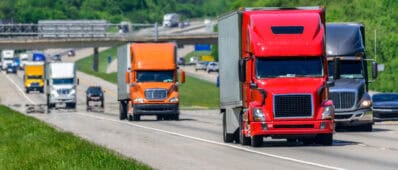Abstract
With more people experiencing homelessness in California cities, some transit agencies have begun to comprehensively address the needs of people experiencing homelessness, a population that historically may not have been included in their planning. Research suggests that people experiencing homelessness rely on public transit for the same variety of reasons that all riders do, and that, like other riders, they find it difficult to reach those destinations due to prohibitive costs and transit schedules that do not meet their needs. California transit agencies vary in terms of whether, and how well, they engage with the issue of homelessness. Interviews and a review of policy and programming documents show that most major transit agencies in California made some reference to people experiencing homelessness, but just ten of fifteen addressed their transit needs, and only three addressed those needs through dedicated programs. The research team uses this research synthesis to draw greater attention to the ways that transit agencies can serve the mobility needs of people experiencing homelessness. The team presents findings from a case study on transit accessibility in San Diego County to supplement the statewide review. This includes a geospatial analysis of transit accessibility from locations where people experiencing homelessness have been known to congregate in San Diego County, as well as interviews with three people who have experienced homelessness in the region and three advocates for the unhoused population. The team identifies the ways that transit accessibility is a complex issue, requiring consideration of proximity, ease of physical access, and programmatic support. Based on the research, the researchers recommend that transit and service organizations consider the following: (1) establish coordinated outreach in transit environments, (2) offer shuttles to services and employment to help one resolve their homelessness, (3) improve the reliability and connectivity of public transit, (4) support fare assistance programs, and (5) incorporate expertise from people with lived experience of homelessness.


